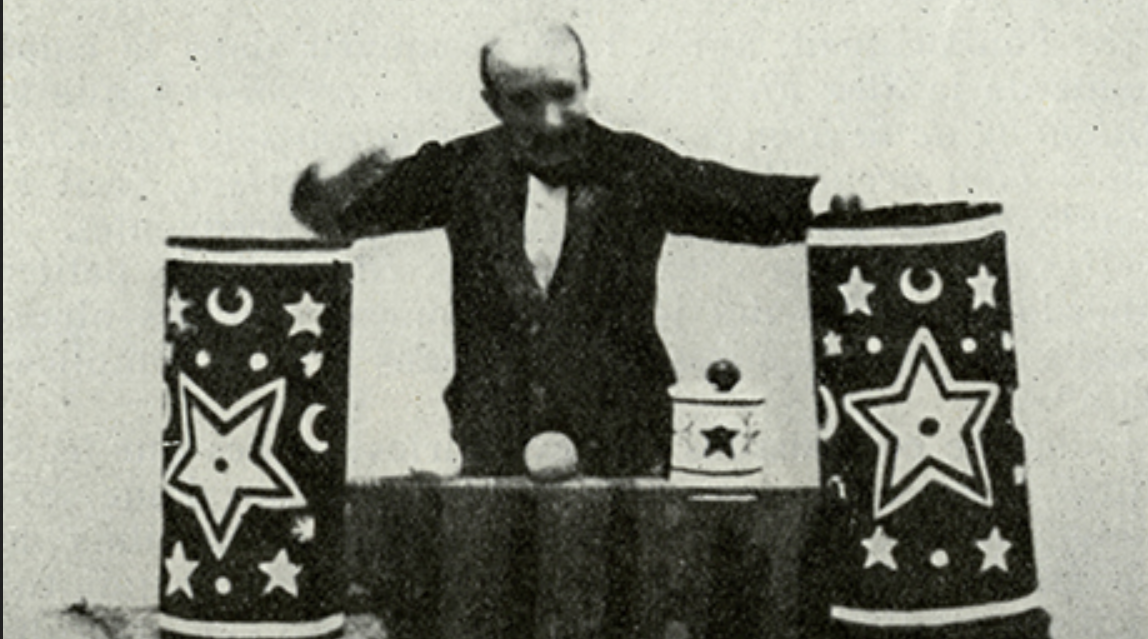The lack of preservation of early films is a bewildering and heartbreaking thing. Martin Scorsese’s Film Foundation estimates the 90% of all silent films are lost and 50% of all pre-1950 films are lost. Granted, the huge majority of those are cheaply made nickelodeon schlock of minimal artistic or even historical merit. The number of lost films that we’d be regularly watching today is certainly small, mostly important firsts or early works of great directors. But tastes and perspectives change with time; surely some director’s lost work would be reevaluated and canonized, or at least better understood. The concept of annihilated art stings especially in an era where nearly everything created is instantly backed up and shareable. It is, frankly, a challenge in the 21st century to even process the concept of creative works being lost to the sands of time.
As frustrating as it is to deal with lost films, there remains the tantalizing hope of rediscovery. We are probably past the days where intact copies of lost legendary films will be discovered in closets, a la The Passion of Joan of Arc, but that hasn’t stopped people from scanning crumbling celluloid found in warehouses to try and save what we can. The most plausible “white whale” out there is footage trimmed from Orson Welles’ The Magnificent Ambersons: Turner Classic Movies funded a search expedition for the footage in Brazil just last year (though filming of the associated documentary has wrapped and I’ve read no headlines of the film’s rediscovery).
I bring all of this up because I am reading a book about Georges Méliès’s filmography, published in 2000 — more than a century after his career began — and some of his early films have been recovered since. Crazy to think more than 100+ years have passed and we’re still making progress. Preservation of early cinema is a real ongoing, dynamic process. For example, Melies’s first two films, at least according to the catalog of his production company, Star Film Company, have both been recovered and released in the past 15 years. Playing Cards, his debut, exists in a complete and clean state, published for the first time in 2008.
Conjuring, his second film, was discovered in 2015, but in a more fragmentary condition. (A rotoscoped copy was found a year earlier, as well.) In French, the film has the title Séance de prestidigitation, which is a bit more evocative. All of the copies I can find uploaded online run between 6 and 12 seconds, and it’s not 100% clear if this is a snippet or the complete original film. The fact that both the live action and rotoscoped copies are essentially identical in content suggests that this might have just been a very short experiment.
Indeed, Conjuring in its few frames shows Méliès breaking new ground and trying a visual technique that would become one of his technical signatures: the substitution splice, i.e. pausing recording (or cutting out film) to suggest something happening instantly, perhaps something appearing or disappearing. (If you ever messed around with a camcorder as a kid like me, this was the first gimmick you figured out.) In this case, it’s to show an on-screen Méliès make a stuffed devil head transport between two containers as he lifts and lowers the containers. He’d go on to use expanded versions this technique for years to come — it’s one of the main special effects in Voyage to the Moon, for example.
Where Playing Cards was a pure actuality, Conjuring shows Méliès’s curiosity in trick film techniques to use the medium as an extension of his magic act. All of this before he got the easier-to-use Lumiere camera or completed his film studio. At just a few seconds, it isn’t much to soak in, but it remains a compelling curiosity, and one that shows Méliès’s natural entertainment and spectacle instincts.
Is It Good?
Nearly Good (4/8)
A few words on "Is It Good?" ratings for early cinema.
Follow Dan on Letterboxd or Twitter. Join the Discord for updates and discussion.

